“Head Hunter” was recorded in Los Angeles on the 23rd December, 1949. Probable personnel: Lee Graves, Don Johnson (trumpets); George Washington (trombone); Big Jay McNeely, Lorenzo Holden (tenor saxes); Walter Henry (baritone sax); Johnny Otis (vibes); Devonia Williams (piano); Pete Lewis (guitar); Mario Delagarde (bass); Leard Bell (drums)
“Cool And Easy” was recorded in Los Angeles on the 27th February, 1950. Personnel are as above except James Von Streeter replaces Big Jay McNeely on tenor sax and Redd Lyte is added on vocals.
Many thanks to El Enmascarado for this 78 rpm disc which was released in January 1951. Billboard reviewed “Head Hunter” favourably: “Walkin’ and honkin’ medium blues refers to ‘Pinetop’s BW’ for backdrop riffs. Striding tenor sax and heavy bottom, rocking beat set this lung buster up for at least moderate coin collection.”
The B side was reviewed thus: “Redd Lyte warbles a southern style blues chant with a strong ork backdrop. Fine beat helps throughout.”
 |
| Billboard, January 1951 |
The band failed to maintain the same level of success in 1951, however, mainly due to disagreements with Herman Lubinsky, the notoriously tight-fisted honcho of Savoy and Regent. In late 1950, Ralph Bass, the Savoy A&R man on the West Coast was lured away by Syd Nathan of King Records who set him up with his own subsidiary label, Federal. One of the first signings made by Bass for the new label was Little Esther who began recording for Federal in late January 1951. Backing for her recordings through 1951 and 1952 was provided by a moonlighting Johnny Otis Orchestra which made their last recordings for Savoy in March 1951 and later signed for Mercury towards the end of the year.
Given such a background it was no surprise that the Johnny Otis Orchestra failed to reach the levels of success it had achieved in 1950. There were only three chart entries for the group in 1951: “Rockin’ Blues” (released in late 1950), “Gee Baby” / “Mambo Boogie” and “All Nite Long.”
“Head Hunter” (a tribute to deejay Hunter Hancock) may have failed to chart but as you can hear, it’s a tremendous instrumental featuring great guitar work from Pete Lewis followed by screeching sax by Big Jay McNeely and all underpinned by driving horns and brass. There is some doubt as to the personnel performing on the number. Both Bruyninckx and the jazzdisco.org website list the band as consisting of only one horn player, Big Jay McNeely, plus vibes, piano, guitar, bass and drums. As you can hear on this post, however, it’s pretty obvious that there is more than one sax plus brass present on the track.
Our benefactor, El Enmascarado, says: “There's certainly more than one saxophone playing on Head Hunter- in the opening seconds, the huge saxophone "power chord" couldn't be less than two, and could easily be three. The lower note of the "power chord" is below the range of the tenor, and is a baritone sax.”
For “probable personnel” on the track, I’ve stuck with the complete band which was present at this session according to jazzdisco.org and ignored their suggestion that only Big Jay plus rhythm played on “Head Hunter.” Of course there is always the possibility that it isn’t Big Jay but James Von Streeter or Lorenzo Holden on lead tenor sax here.
 |
| Big Jay McNeely |
 |
| Redd Lyte |
We’re not quite finished yet! Here’s a little bonus streaming audio playlist of Big Jay McNeely’s other tribute to Hunter Hancock – “Hoppin’ With Hunter” recorded for Exclusive in April 1949. Also present is a track recorded by James Von Streeter & His Wig Poppers for the small Scoop label in August 1949. The similarity to Big Jay’s style is remarkable. Keep on honkin’ and bluesin’, Be Bop Winos!











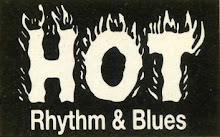
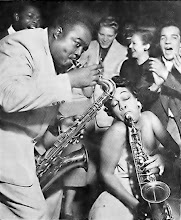






%2045%20-%201003A.png)
.jpg)
















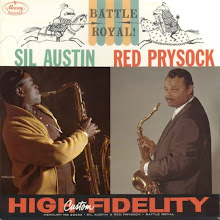
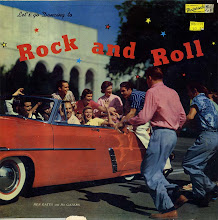
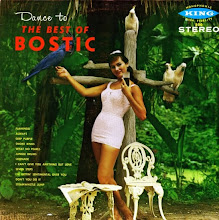
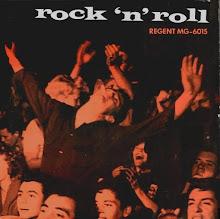
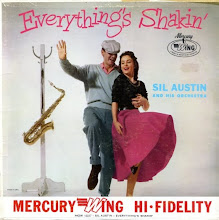








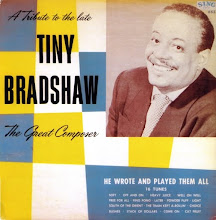





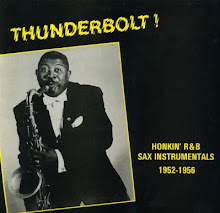

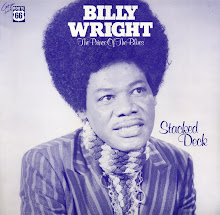






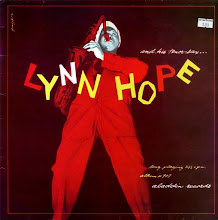



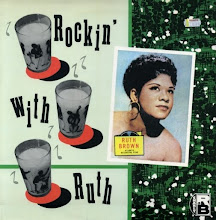


2 comments:
What a hot band! I'm just discovering how good Pete Lewis was - this is great!
Yeah!
Post a Comment